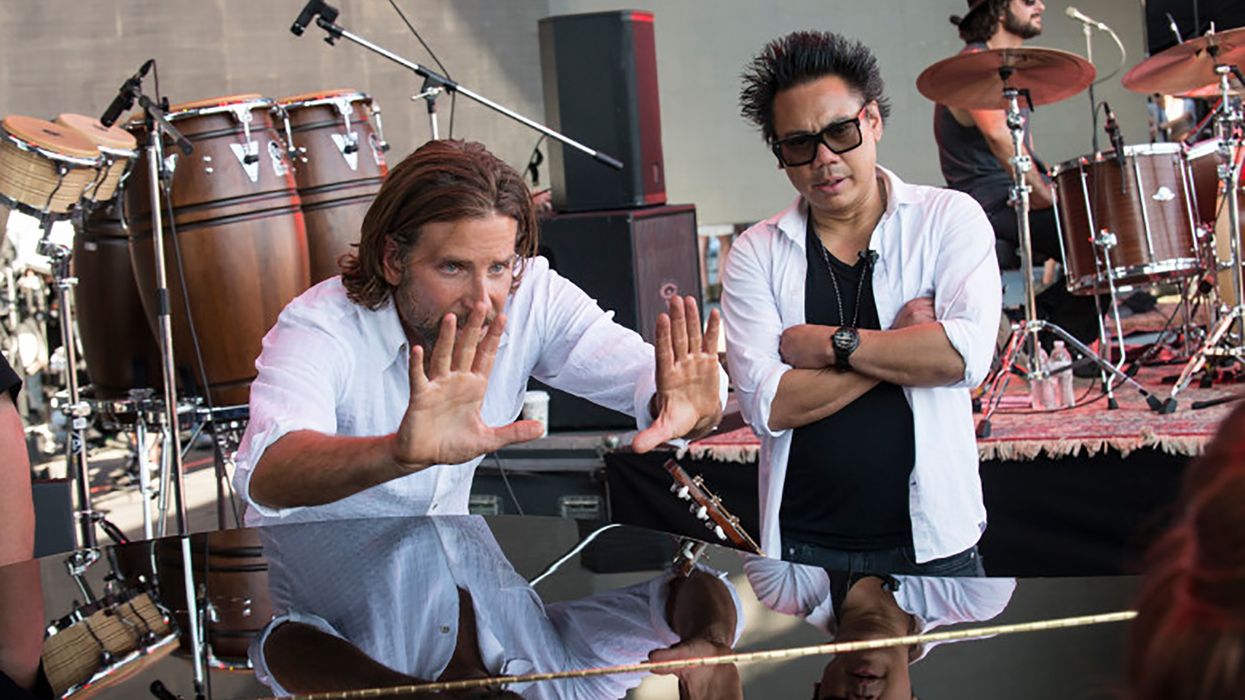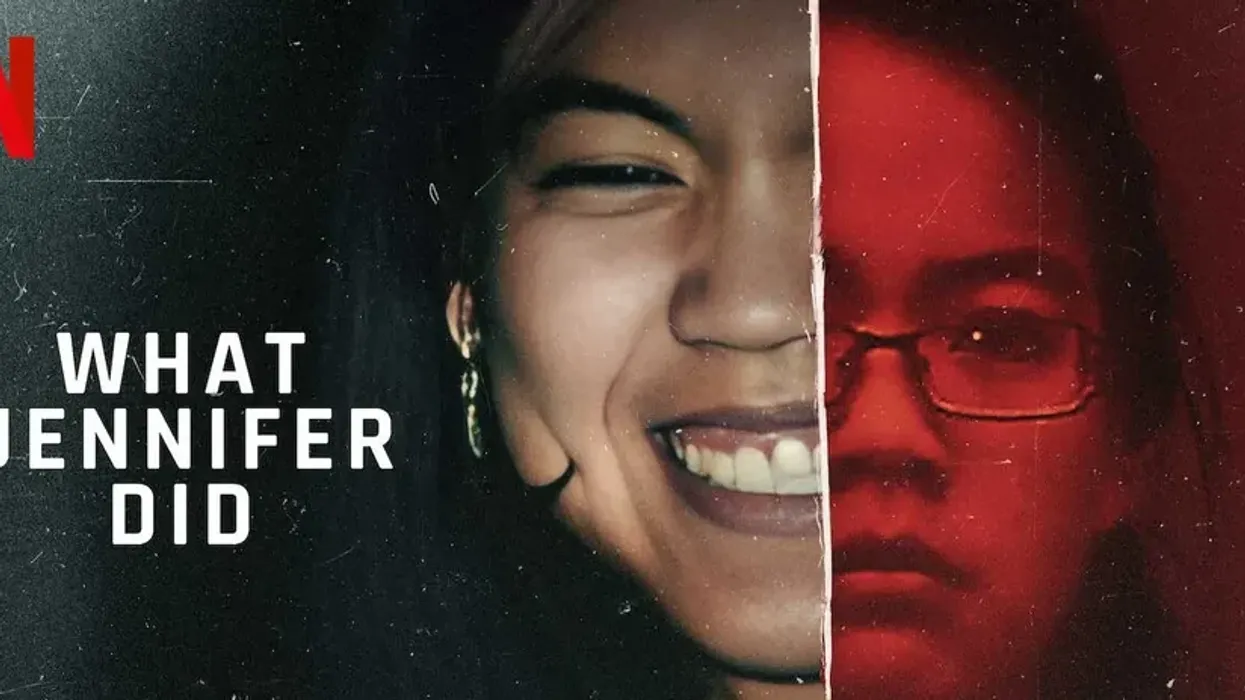Check Out the Cameras and Lenses Used on Some of the 2019 Oscar Contenders
Let’s take a look into the cameras and lenses on some of the biggest names at the 2019 Oscars.

It’s starting to look a lot like awards season here at No Film School. If you listened to this week’s podcast, you’d know that the nominations for the Golden Globes are in (which you can also check out here), which means that the Oscars aren’t far behind.
As we’ve done in the past (here are the cameras used on the 2018 Oscar noms), we have some insights to share into which cameras and lenses were used to shoot some of the biggest names in contention this year. Based on a survey done by Indiewire, here are a few highlights.
A Star is Born

Lenses: Cooke Anamorphic/i SF ‘Special Flair’ Lenses
Perhaps a surprise Oscar powerhouse contender to some, the Bradley Cooper directed and starred remake of the timeless musical drama A Star is Born features Lady Gaga in her first major leading role. For the cinematography, DP Matthew Libatique chose to shoot in anamorphic 2.8K with the ARRI ALEXA Mini to keep the production flexible and open to improvisation.
My main goal was to keep the camera as small and flexible as possible so that Bradley as a director/actor and Lady Gaga as an actor could feel comfortable to change and improvise. Due to the amount of performances we had in the screenplay I knew that we would have light fixtures in the frame so the choice of anamorphic was merely a way to embrace the artifacts inherent to the glass as atmosphere to the world we were trying to create. - Matthew Libatique
A film that is certainly a heavy-contender for its performances and its original music, here is a look into the making of the A Star is Born soundtrack.
The Favourite

Lenses: Panavision primo spherical 14.5
Definitely one of the favo(u)rites heading into the Oscars, Yorgos Lanthimos’ follow-up to The Killing of a Sacred Deer seems primed to take home some serious hardware at the 2019 Oscars based on the great cinematography and some truly killer performances by stars Olivia Colman, Emma Stone and Rachel Weisz. Shot on 35mm, Lanthimos and DP Robbie Ryan created a unique look for the film based on a heavy use of wide, spherical lenses.
Yorgos had explored using wide lenses on “The Killing of a Sacred Deer” and was keen to explore more with “The Favourite” so when we found the Panavision 6mm it was very much a welcome addition to how he wanted the film to look. It’s distorted view helped highlight some of the absurdities in the world of Queen Anne’s court. - Robbie Ryan
You can listen to a more in-depth interview with Lanthimos (with some more insights into his len selections and cinematography) in our NFS podcast interview here, as well as get some editing tips and tricks in our NFS interview with editor Yorgos Mavropsaridis here!
The Old Man & The Gun

Camera: Arri 416
Lenses: Cooke S4s and 3 Canon Zooms
I wanted the cinematography to be fun in “The Old Man & The Gun.” I wanted the camera to be light on its feet and unselfconscious. Curious and expressive enough to whip and zoom around spontaneously. We chose to shoot on Super 16 because the film is set in the early 80s and Super 16 is the best time machine. But you have to be careful because sometimes the format can come off looking like your grandparents’ home movies. - Joe Anderson
You can find out more about the cinematography and production of The Old Man & The Gun in our NFS interview with David Lowery here, as well as with our NFS interview with film editor Lisa Churgin here!
The Ballad of Buster Scruggs

In one of the most creative Oscar contenders in some time, the Coen brothers’ Netflix western anthology film offers a masterclass in episodic short film cinematography as the six vignettes therin all have unique looks and styles, yet fit collectively into a similar styled whole. You may be surprised to learn that each episode was shot by the same ARRI ALEXA Studio XT (along with the ALEXA Mini) and using mostly Zeiss Master Primes. DP Bruno Delbonnel also got the honored distinction as being the first DP to work with the Coen brothers on a digital camera.
Cameras: Arri Alexa Studio XT and Mini
Lenses: Zeiss Master Primes. zoom lenses Arri Alura 15.5-45 and 30-80
The main challenge for “Buster Scruggs” was to find a different “look” for the six short stories while keeping the visual idea of an “Illustration book.” Six different very remote landscapes were shot during a very bad summer weather-wise. I guess the Alexa and its wide latitude helped me to get the contrast I needed when going from a sunny morning to an overcast afternoon. With this latitude and knowing I couldn’t relight big landscapes, I knew that while grading I would have enough information in the high and low part of the image to match grade and find six different “looks.” - Bruno Delbonnel
If you’d like to check out more info about The Ballad of Buster Scruggs, here’s a great interview with the film’s production designer here on NFS, as well as some good resources to download and read the film’s screenplay here!
For the rest of the 2019 Oscar contenders, you can check out the full list on Indiewire.
Source: Indiewire







![Ethos, Pathos, Logos: 20 Effective Ways to Advertise [Infographic]](https://nofilmschool.com/media-library/ethos-pathos-logos-20-effective-ways-to-advertise-infographic.jpg?id=34064614&width=600&height=600&quality=90&coordinates=560%2C0%2C0%2C0)



